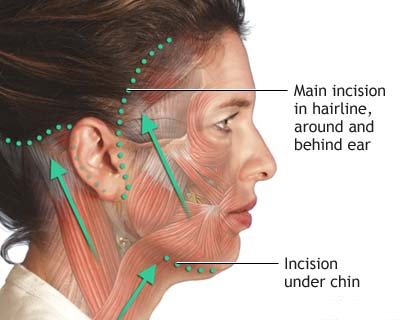
In the spinal cord, this order is reversed: The white matter is on the outside, and the gray matter sits within. In the brain, gray matter refers to the darker, outer portion, while white matter describes the lighter, inner section underneath. Gray and white matter are two different regions of the central nervous system.

What is the gray matter and white matter? It contains blood vessels and nerves, including neurons and glial cells. The remaining 40% is a combination of water, protein, carbohydrates and salts. Weighing about 3 pounds in the average adult, the brain is about 60% fat. Together, the brain and spinal cord that extends from it make up the central nervous system, or CNS. Neck muscles contract to adjust the posture of the head throughout the course of a day and have some of the greatest endurance of any muscles in the body.The brain is a complex organ that controls thought, memory, emotion, touch, motor skills, vision, breathing, temperature, hunger and every process that regulates our body. Working individually, these muscles rotate the head or flex the neck laterally to the left or right. Working in pairs on the left and right sides of the body, these muscles control the flexion and extension of the head and neck. They move the head in every direction, pulling the skull and jaw towards the shoulders, spine, and scapula. The neck muscles, including the sternocleidomastoid and the trapezius, are responsible for the gross motor movement in the muscular system of the head and neck. The muscles of the middle ear contract to dampen the amplitude of vibrations from the eardrum to the inner ear. In fact, the smallest muscle of the skeleton is the stapedius, which measures around 1 millimeter (1/20th of an inch) in length. Located inside the eye, the intrinsic eye muscles work tirelessly to dilate the pupils and focus the lens of the eye to produce clear vision.Įven the middle ear takes part in the muscular system of the head and neck. These muscles produce extremely fine movements almost constantly throughout the day with tremendous speed and accuracy.

Of these, four extrinsic muscle sets (connecting the tongue to the surrounding bones) move the tongue in virtually any direction, with fine shape changes (such as for speech) the province of the four intrinsic tongue muscles.Īs for the eye, six extrinsic eye muscles provide superior, inferior, lateral, and medial motion, as well as rotation of the eyeball. These muscles, including the masseter and temporalis, elevate the jaw forcefully during chewing and gently during speech.Īn extensive complement of tightly interlaced muscles allows the tongue a range of complex movements for chewing and swallowing, as well as the important function of producing speech.

Producing the body’s ability to close the mouth, bite, and chew food, the muscles of mastication move the mandible relative to the rest of the skull.
#Neck diagrams full skin#
These muscles, including the zygomaticus major and orbicularis oris, pull on the skin to produce a seemingly infinite number of facial expressions and to move the lips and cheeks during speech and eating.


 0 kommentar(er)
0 kommentar(er)
